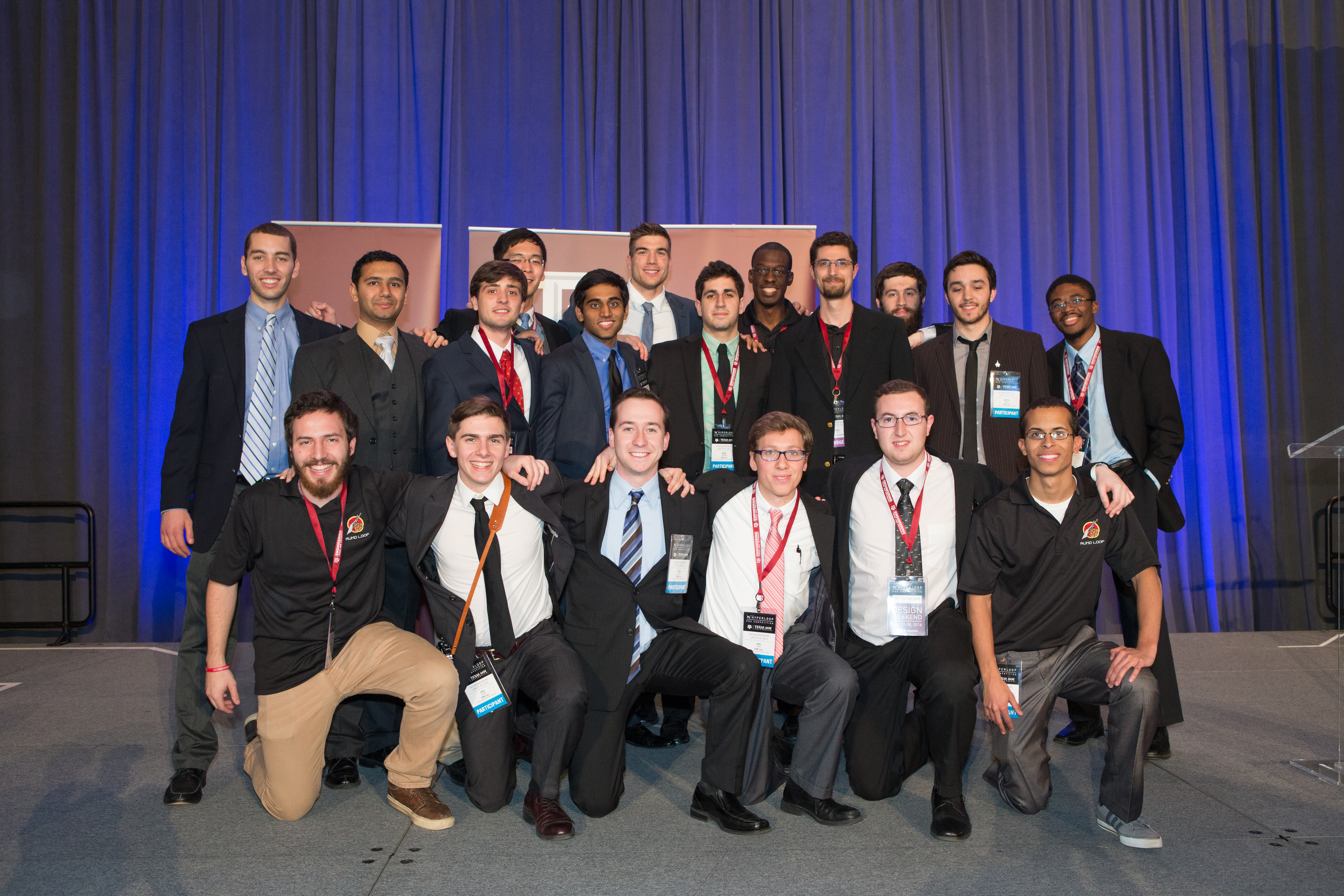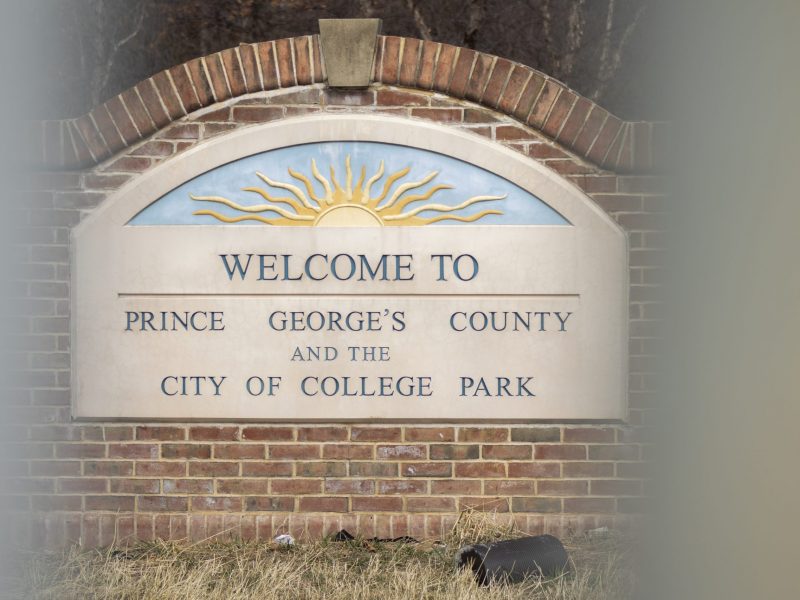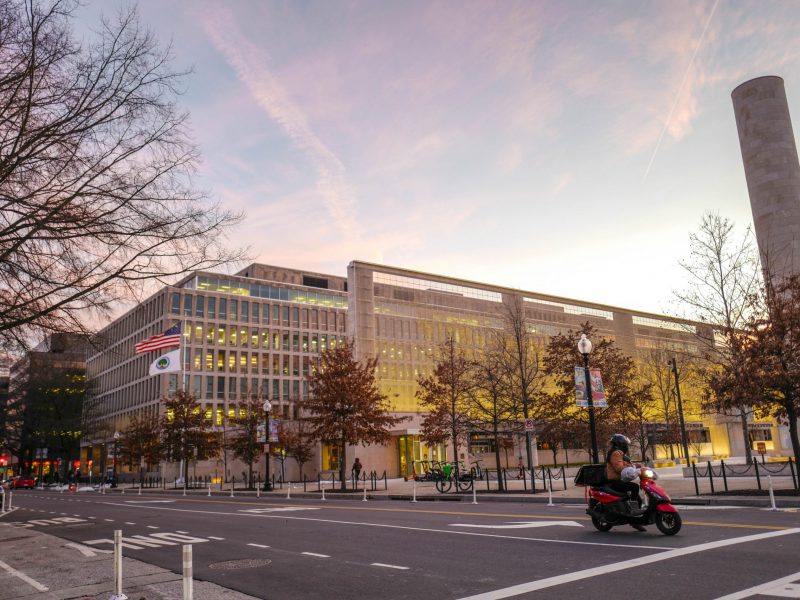By Evan Kean
For The Diamondback
A team of students from the University of Maryland and Rutgers University is now one step closer to helping establish the moving parts for the Hyperloop transportation system, having advanced among 29 others in the SpaceX-sponsored Hyperloop Pod Competition this year.
The competition was formally announced in June 2015 and tasked each team with designing pods that would eventually operate in the proposed Hyperloop system. Hyperloop — a theoretical mode of transportation first proposed by SpaceX owner Elon Musk in 2013 — is a mode of transporting vehicles known as pods through depressurized tubes and propelling them using linear induction motors.
The university team, known as the RUMD Loop, had their pod design selected from a pool of more than 115 teams, and their advancement was announced during Design Weekend at Texas A&M University from Jan. 29 to 30.
“Hyperloop is the next step in mass transportation,” said junior Kyle Kaplan, the team captain of RUMD Loop. “It’s faster, safer and more environmentally friendly than anything we’ve seen. It’s commonly said that the state of our infrastructure is bad, and this is a real solution.”
Kaplan, an aerospace engineering major, is one of the founding members of the team. When he first heard of the Hyperloop Pod Competition, he knew instantly that it was something he wanted to tackle. So he said he started contacting friends at Rutgers and got the team together.
“We’ve done all kinds of science fair projects in the past, so when we heard about the Hyperloop Pod Competition, we knew it was just common sense to make a team and enter,” he said.
Eight months, hundreds of hours of work and one Design Weekend later, the team now consists of more than 30 students from both campuses with a variety of academic backgrounds and disciplines.
“The best part of all of this for me is that it’s real progress — this is something that can be good for society,” said Erich Robinson-Tillenburg, a senior physics major and a project leader of RUMD Loop. “In the end, I don’t just want to win — I want this to be something that will blow the world’s mind.”
Kaplan said it all started with trial and error — the team would try ideas and later find a better way to approach the issues. For example, the team’s braking system is unique because it uses permanent magnets to stop their pods and save energy, as opposed to friction like most other teams use, Robinson-Tillenburg said.
“This is the real world, and things don’t always work out like they do in a classroom,” Kaplan said. “You come up with an idea, try it and see if it works. If not, you try again with something different.”
Noah Ryder, a lecturer from this university, serves as the lead academic advisor for RUMD Loop. He said projects like this pay off — four of the students on the team have been offered jobs with SpaceX since the project began.
“Academics are great and teach you a lot fundamentals, but projects like this require real engineering to solve real problems, and that’s not the kind of thing that typically comes in the classroom,” Ryder said. “Experiences like this are invaluable, and it means a lot for them as individuals, but also for their employers.”
RUMD Loop and the 29 other student team finalists will now move on to Competition Weekend, which is scheduled to take place this summer outside of SpaceX headquarters in Hawthorne, California. There, teams will have the opportunity to physically test their pod designs on a Hyperloop test track.
The team also plans to create a LaunchUMD crowdsourcing campaign, which will allow them to continue their work as they set their sights on the next stage.



